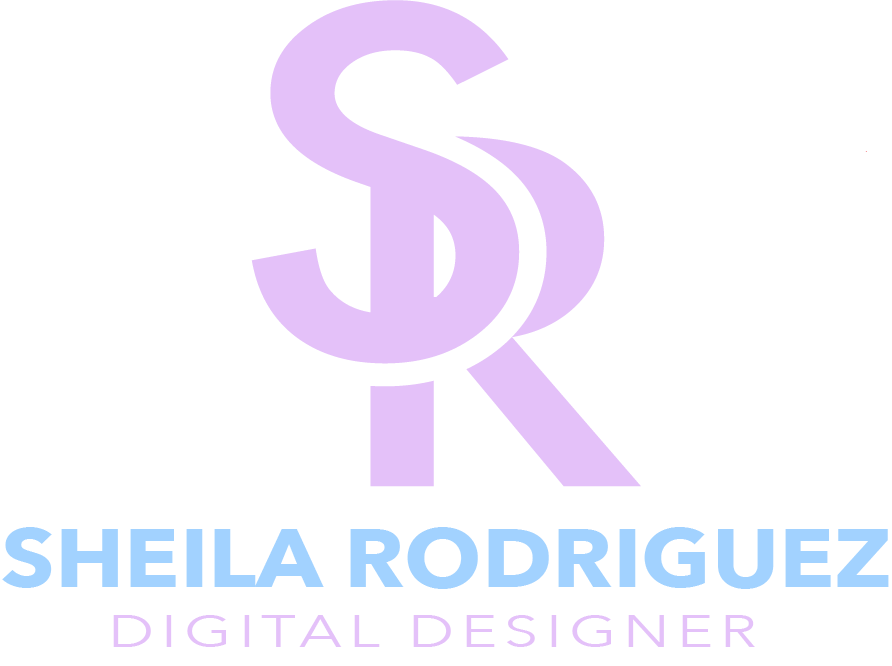A clean and intuitive layout is essential for enhancing user experience and making your blog visually appealing. Here’s how to achieve it effectively:
source: Userpilot
1. Simplified Navigation
- Clear Menu Structure: Use a straightforward navigation menu with clearly labeled categories and subcategories. Limit the number of main menu items to avoid overwhelming visitors.
- Sticky Navigation: Consider a sticky menu that remains at the top as users scroll, allowing easy access to different sections of your blog.
2. Effective Use of Whitespace
- Breathing Room: Incorporate ample whitespace around text and images to prevent clutter and improve readability. This helps users focus on your content.
- Group Related Elements: Use whitespace to group related elements together, creating a visual connection that guides the reader’s eye.
3. Consistent Grid Layout
- Grid System: Utilize a grid layout to organize your posts, images, and other content. This creates a balanced and visually appealing structure.
- Alignment: Ensure all elements are properly aligned to create a clean, orderly appearance. Consistent alignment enhances professionalism.
4. Readable Typography
- Font Sizes and Styles: Use legible font sizes for body text (at least 16px) and maintain a clear hierarchy with headings (H1, H2, H3). This guides readers through your content effortlessly.
- Line Spacing: Incorporate sufficient line spacing (1.5x) to improve readability and prevent text from appearing cramped.
5. Visual Hierarchy
- Highlight Key Information: Use size, color, and placement to emphasize important elements such as headlines, CTAs, and quotes. This helps readers identify crucial information quickly.
- Consistent Styles: Maintain consistent styles for headings, subheadings, and body text to reinforce the visual hierarchy throughout your blog.
6. Engaging Visual Breaks
- Images and Graphics: Break up long blocks of text with images, infographics, or pull quotes. This keeps the layout engaging and helps maintain reader interest.
- Section Dividers: Use visual dividers (lines, shapes, or background color changes) to separate different sections of content, enhancing clarity.
7. Mobile Responsiveness
- Adaptive Design: Ensure your layout is responsive, adapting seamlessly to different screen sizes. Test how your blog appears on mobile devices to guarantee usability.
- Touch-Friendly Elements: Design buttons and links that are easy to tap on mobile devices, improving accessibility for all users.
8. Consistent Post Format
- Structured Content Layout: Use a consistent format for each blog post (e.g., introduction, body, conclusion) to help readers know what to expect and make navigation easier.
- Regular Features: Consider recurring elements (like a summary box or related posts section) to create familiarity for your audience.
9. Search Functionality
- Search Bar Placement: Include a search bar prominently in your layout to allow users to easily find specific content. Make it visually distinct to catch attention.
- Filter Options: If applicable, provide filters to help users sort content by categories or tags, enhancing their browsing experience.
Conclusion
A clean and intuitive layout is vital for creating a user-friendly blog that keeps readers engaged. By focusing on clear navigation, effective use of whitespace, and consistent design elements, you’ll foster a positive reading experience and encourage visitors to explore more of your content.
